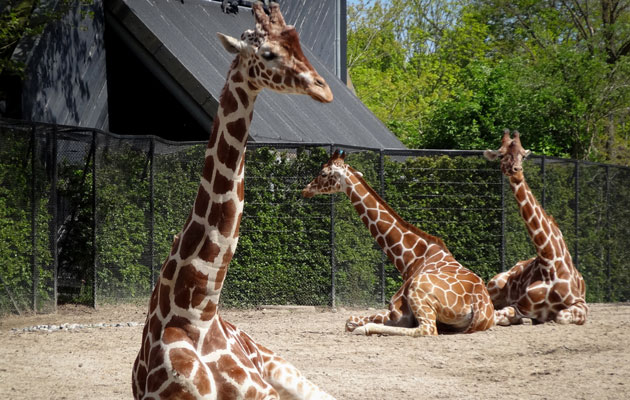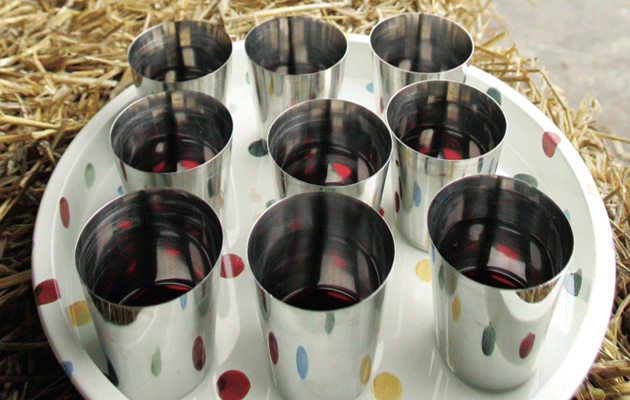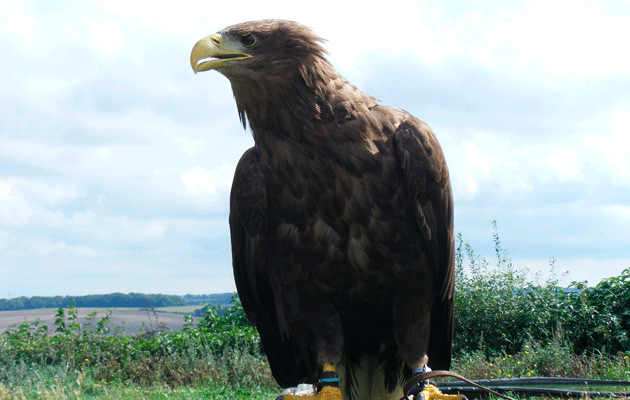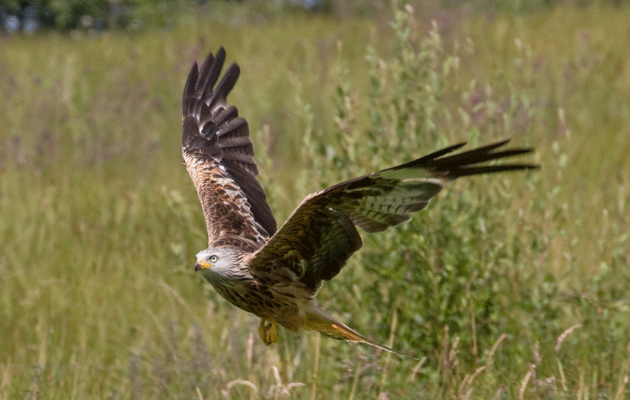Are we all murderers?
Those outside the shooting world are just as guilty of killing animals – the danger is they don't realise it, argues Jens Ulrik Høgh
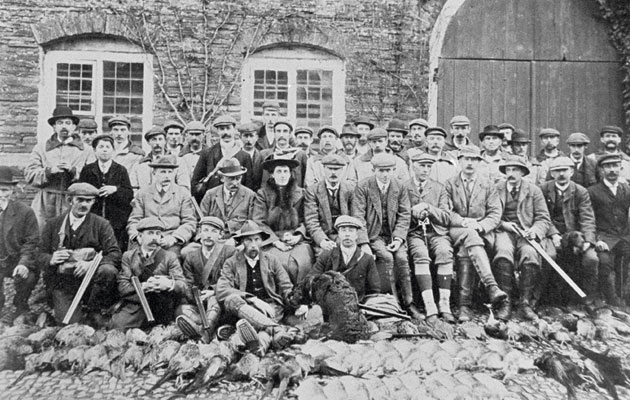
Many people today are convinced that killing an animal is, by definition, cruel and unnecessary – an attitude that wasn’t around a few generations ago, because supermarkets hadn’t yet sanitised us from the reality of where our food comes from. This recent inability to recognise the provenance of meat is reflected in public opinion and the widespread condemnation of “bad people” openly involved in killing animals — shooters in particular.
This list of evil animal “murderers” is endless: the Spanish king, the CEO of Copenhagen Zoo, everyone from the Faroe Islands, myself, all hunters and all farmers… And the public’s disdain for them is growing rapidly, partly because of the politically “correct” mainstream press that delights in pointing out new offenders — after all, it’s popular content. Even the well-informed sometimes use the phrase “murder” to describe the killing of an animal. One of many recent examples was when a former Danish Secretary of Justice referred to the killing of a giraffe in Copenhagen Zoo earlier this year as “The murder of Marius — a repulsive act!” The healthy giraffe was shot because he was too closely related to the other giraffes that he would be breeding with.
The word “murder”is a specific legal term for the unlawful killing of one human by another. It is seen as an evil and criminal act. “Evil” is clearly in tune with the current view on killing animals, so this evolution of the language is simply a natural consequence of the change in perception of animal rights. For the same reasons it now seems to be generally acceptable to call all hunters, butchers and farmers “murderers”.
I had better confess: I am one of these “murderers” who massacres and eats wild animals despite the fact that I could easily live my life in cosmic harmony with animals and only consume home-grown biodynamic vegetables. My only hope of salvation is unconditional co-operation with those of the “right” opinions. In return for forgiveness, I can offer inside knowledge concerning (as yet) unknown mass murderers. These people, at present, have flown beneath the animal welfare radar. Let’s take the “Smith” family, for instance.
Meet the Smiths
The Smiths are a typical family of four and they all belong to the more than 90 per cent of the population that eats meat. This article —originally published in Denmark — uses Danish statistics, which are clear: the Smith family murders a cow every second year. Or rather, they pay somebody to do it for them and hack it up, so that they can bring it home from the local supermarket in small portions. In the same manner, the Smiths collectively lynch two pigs every year and they slay two chickens in cold blood every single week! If they did not consume meat, eggs and dairy products, about 100 birds and mammals a year would not need to be killed. This somehow doesn’t keep the Smiths awake at night, however.
And it doesn’t end with those 100 creatures. Modern arable farming also results in a fair few fatalities in the animal kingdom. Millions of mammals and birds die as a direct consequence of mechanical cultivation of fields, the use of pesticides, fertilisation and harvesting every single year. Nobody knows exactly how many, but with a rather conservative estimate of 50 rodents killed per hectare of cultivated land, a fair body count would be around 100 rodents on the Smiths’ tally. On top of that, there are countless birds and larger mammals.
If people grew their own vegetables or paid somebody else to do it the old-fashioned way — no machines and lots of hard manual labour — these murders could almost all be avoided. the consumer has the power to end this annual massacre. Nevertheless, the Smiths choose not to stop it. They think that any other method of farming or gardening would be too expensive.
Energy casualties
Unfortunately, the Smith family’s food consumption is not the only habit of theirs that costs animal lives. their use of energy pays a price. None of our feathered friends would die in collisions with power lines and wind turbines if everybody produced their own electricity using a generator on an exercise bike in the basement. Consumption of oil is directly linked to oil pollution and thus to the painful deaths of millions of birds and marine animals. Even on roads and railways high numbers of animals perish — if you travel with a horse and carriage, your stake in this would admittedly be minimal, but Mr Smith drives a Toyota.
In relation to the family’s battle with local wildlife, their choice of house pet is even more disastrous. Their cat, Snowflake, murders about 100 small mammals and birds a year simply because it is in his nature to do so. He kills less when kept in the house, but far more when he is out at night, according to the figures from a recent study in the US. A large number of Snowflake’s victims are protected animals, many of which are slain in the middle of their breeding seasons. Snowflake finds it extremely enjoyable to put his victims to death slowly. Exactly like the Spaniard who kills a bull in a bullfight, though, of course, Snowflake indulges himself much more often.
Skeletons in the closet
Did I mention the effects of the family’s pollution? All the rubbish that they get rid of through the drains, exhaust pipes and bins ends up in “nature” to some extent, where it inevitably leads to the death of wild animals. Once again, nobody has a clear view of the actual numbers of animals killed or for how long after our own demise we affect the planet in this manner. It is frightening to think that the plastic toy from a happy meal accidentally dropped on the beach can end up killing a hungry albatross chick a century after our own deaths, possibly thousands of miles away.
If I go into more detail, we can discover more skeletons in the Smith’s closet. Yet even if we decide to stop there, a dead mammal or bird turns up in the bloody wake of this family every day of the year. And we haven’t even started on the subject of fish, reptiles, amphibians, insects — not to mention the subject of laboratory testing on all kinds of species, including chimps and dolphins. neither have we considered pest control. Would it be fair to call this “mass murder”?
People who know Mr and Mrs Smith find it difficult to believe all this. Maybe it is because the family looks as ordinary as yours or mine? Some even defend the Smiths, claiming the family is unaware of the extent of its murderous behavior. They could just as well murder a chicken, a cow or a kitten with a big hammer in the back garden every day, but most of the killing takes place out of sight and out of mind. In other words, we could be talking about a sort of involuntary manslaughter if we stick with the terminology.
Unfortunately, the Smiths are not the only seemingly normal family on a secret murdering rampage. Actually, they are quite the average family when it comes to killing animals and now that you have glimpsed the harsh realities, you cannot claim ignorance.
Time for a rethink
But there is a viable and more practical alternative to hounding the Smiths of this world (of which there are billions). We could rethink our view on animals and mentally rewind to a time not so long ago when killing an animal was not seen as an evil act but rather a natural consequence of our existence. That would neither be cruel or careless and, if we make good use of the insight in natural matters we would regain, we could do a lot of good for the environment, our health and animal welfare AND enjoy a steak dinner!

